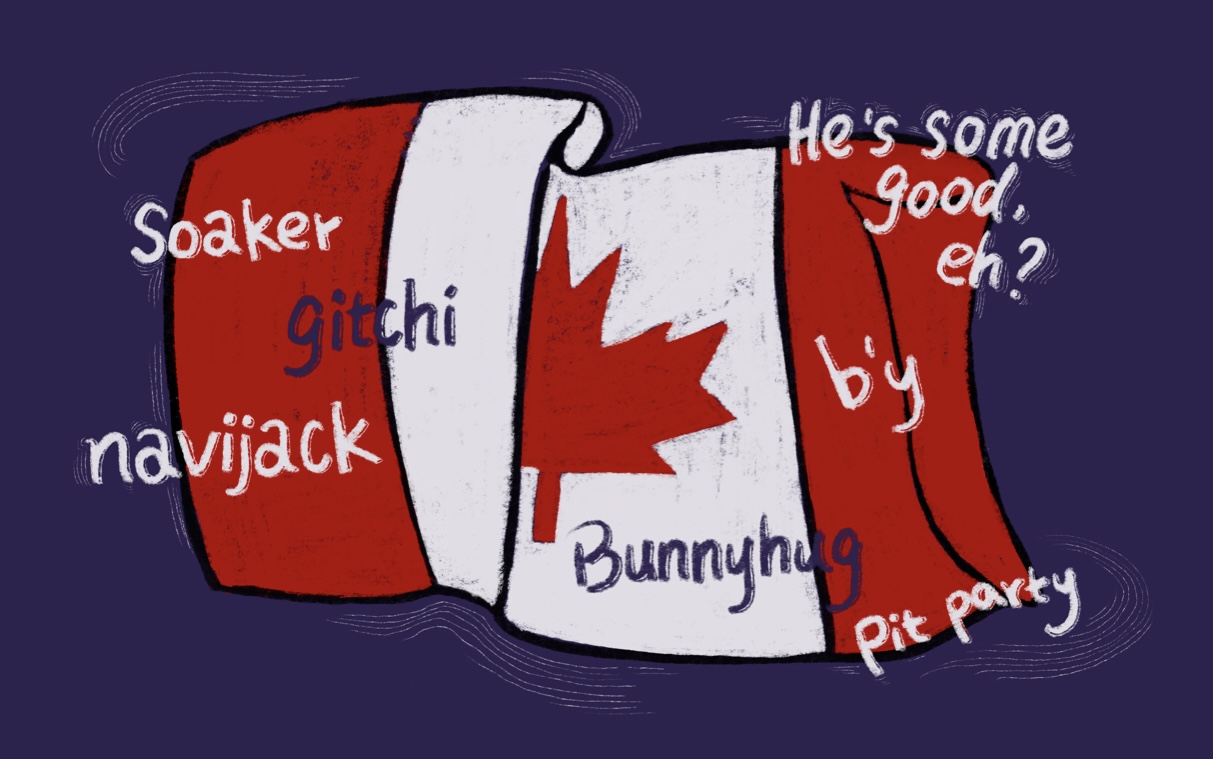Professor Sali Tagliamonte on the value of learning Canadian linguistic diversity
Professor Sali Tagliamonte stretches beyond linguistic research and discusses discovery in culture, history and identity through understanding Canadian linguistic diversity.
Inspired by her students’ different understanding of words used in Northern Ontario, Professor Sali Tagliamonte is researching the field of language variation and change, with a focus on linguistic diversity in smaller communities of Northern Ontario. In an interview with The Medium, University of Toronto linguistics Professor Tagliamonte shares the results of her research and discusses the meaning behind the dialects of Canadian English.
When we picture the word research, many of us may imagine numbers and statistics. However, Professor Tagliamonte’s research method went in a completely different direction. She and her students focused on drawing information from stories that carry specific communities’ identity, culture and history.
“We talk to people that were born and raised in, say Beaverton or South Porcupine, Ontario,” Professor Tagliamonte said, “and we get them to tell stories about their lives. They’re basically an oral history.” By asking questions regarding people’s childhood hobbies, school life, communities and traditions, Professor Tagliamonte collected linguistic data from conversations with members of various communities in Northern Ontario.
“The data is so precious,” Professor Tagliamomnte shared, “because the stories that people tell us are the whole history, culture and identity of a place and a group of people, as represented by individuals’ stories.”
Why focus on Northern Ontario?
Most of the population of Ontario resides in the Greater Toronto Area, with very few people from the North. Professor Tagliamonte decided to dive deep into Northern Ontario linguistic culture after learning about the vast wilderness and landscape up in the northern reaches of the province. “I wanted to see what was up there and bring new information into what we know about Canadian English,” she explained. “At the time I started doing this [research], Canadian English was considered to be monolithic. It’s the same sea to sea, no matter who you talk to.”
Knowing this was far from the truth in her personal experience, Professor Tagliamonte was determined to show the linguistic diversity in Canada. She proposed the idea of taking her students to virtually unknown places, discovering how language develops over space and time, and acquiring undiscovered cultural and historical knowledge of smaller communities. Aside from learning purposes, the process of discovering new words and expressions became exciting for her students.
“There are so many surprising older words from the foundational dialect that you can still hear up North,” Professor Tagliamonte said. “I’ve actually heard someone say, ‘Come on into my living room and sit on the Chesterfields (couch).’ That’s pretty crazy!” The element of never knowing when a new word will appear in conversation was a delightful and eye-opening experience.
Why do vocabularies change depending on place?
When asked why different places often have new words and a different vocabulary than others, Professor Tagliamonte stated, “It’s all about personal identity. Part of it is wanting to sound like where you come from.” A community-specific vocabulary produces a sense of belonging within individuals and becomes a way for people to express love for the place they live in. Learning about linguistics not only provides us with linguistic knowledge, but it also teaches us about a community’s values, lifestyle and history.
Time travel by learning
When asked about the significance of learning Canadian English, Professor Tagliamonte described it as a tool for time travel. “If I go and talk to a 95-year-old for two hours, I’m going to learn about the earlier times in the history of our country, our city, and of the place that [they] lived in.” Professor Tagliamonte explained. “That means I’ve gained access to a different time.”
“We have diversity across human beings, across places, and generations,” Professor Tagliamonte said. “If you listen to someone’s story, you develop an ability, a different appreciation for people.” She shared that it is crucial in today’s world to look outside of ourselves and make an effort to understand others.
If we only focus on our surrounding environment, we will miss the valuable chance to expand our vision and mindset. It is only through genuine conversation and actively listening to others that we can gain perspective on where people are coming from and develop true understanding. That, in itself, is a great source of happiness.
More than research
Though this project contributes to academic purposes, its value stretches far beyond that. “I want to bring conscious awareness to and add to the knowledge base we have about our country and our province,” Professor Tagliamomte said. “Like, ‘What’s going on out there? And what are the people and communities like?’”
Canadian culture stretches beyond the stereotypes of big cities, and there’s more to Canada than many people may think. “There’s more diversity in Canada than people realize,” Professor Tagliomonte added.
“Many think that everything is happening here in Toronto, but that’s not true.” She explained that many natural resources that Canada is known for come from up north.
Toronto has access to resources like paper, cadmium, mineral resources, electric power and other precious metals because of the supplies of Northern communities. Therefore, it is important to show our appreciation for these communities, and a great way to do that is to learn and share their unique cultures.
Favourite Canadian slang
When asked about her favourite Canadian slang, Professor Tagliamonte shared a few from her childhood and hometown. “My favourite word is ‘slimes,’ and it’s not that gooey stuff that you play with,” Professor Tagliamonte explained.
Having grown up in a mining town in Canada, Professor Tagliamonte described the old way of mining—take the ore out of the ground, search for gold and precious metals in it, and then smelt the ore. This heating process makes the gold, silver or copper float to the top, while other parts of the rocks are left behind.
These residues would be dumped in the lakes and create gelatinous goop. “As kids, we were told not to go to the ‘slimes’ because you would sink into it and get messed up, but as the lakes got filled and dried up, the slimes became firmer, so people could go play on them,” she shared as she reminisced on her favourite slang from her youth.

